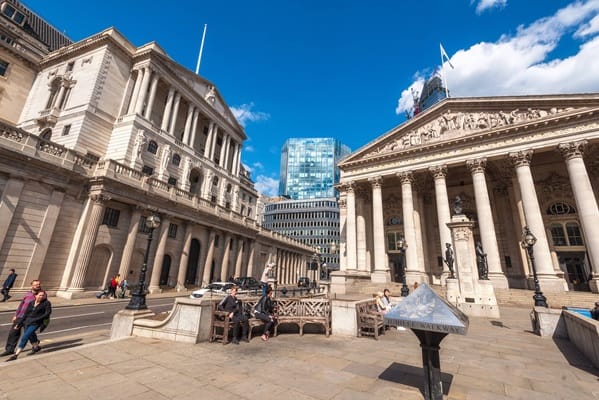Prices in the UK rose by 3.8% in the 12 months to September, leaving inflation at its highest rate since the turn of 2024 and almost double the official 2% target.
Beneath the surface, price pressures remain stubborn, keeping the spotlight firmly on the Bank of England and the Chancellor’s Autumn Budget.
For the Government, September’s figures have not improved the fiscal arithmetic — while gilts sit at one of their lowest levels this year, persistent high inflation will continue to unsettle the financial markets and keep the cost of servicing the national debt high.
Although the IMF’s latest World Economic Outlook reports that UK’s inflationary pressures are largely “temporary,” with the labour market expected to loosen and wage growth to slow, the current trajectory of inflation is unlikely to calm the markets.
With the Budget just over a month away, the Chancellor faces a classic economic trade-off question — how can she stimulate growth without reigniting inflation? Given this tough dilemma, it is likely that she will focus on targeted investment incentives and cost-of-living support rather than sweeping tax cuts. Any hint of fiscal overreach could unsettle financial markets and clash with the Bank’s cautious stance.
Small ‘c’ conservatism is likely to win the day when the Monetary Policy Committee next meets in November. Inflation may have reached its peak but remains too high, meaning a hold on interest rates at 4% is almost a certainty. Policymakers will want more evidence that domestic price pressures — particularly from wages — are cooling before signalling any shift toward rate cuts.
Markets are now pencilling in the first possible reduction in spring 2026, though much will depend on the tone of the Budget and the pace of disinflation through the winter months.
Inflation is expected to edge down as we head into 2026, but the battle will not end quickly. September’s figures highlight a fragile balance — a slow growing economy, stretched public sector finances, and policymakers walking a narrow path between prudence and stimulus.
For both the Treasury and the Bank, the message is simple: hold your nerve and keep your discipline.

